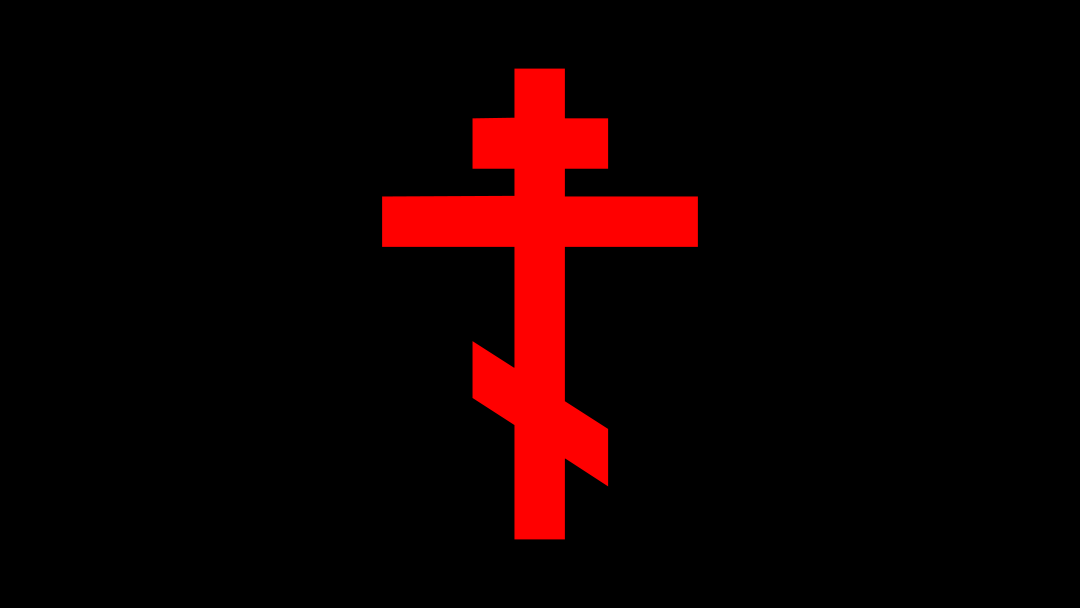
St. Theodore (Pozdeyevsky), Archbishop of Volokolamsk (1937)
Share
On October 23 (October 10 on the Julian Calendar) we commemorate Saint Theodore (Pozdeyevsky), Archbishop of Volokolamsk, hieromartyr under the Communist yoke, who reposed in the Lord in 1937.

The revolutionary upheavals of the 20th century destroyed the centuries-old Orthodox way of life of the Russian people. It is still impossible to count all those shot, tortured in camps and exile. These events did not bypass the Danilov Monastery. The brethren of this holy monastery showed themselves to be true warriors of Christ in those terrible years. Their names are included in the Synodicon of the New Martyrs and Confessors of Danilov. And the first among them is the name of Archbishop Feodor (Theodore) (Pozdeevsky), the last abbot of this holy monastery before its closure.
Bishop Feodor (in the world Alexander Vasilyevich Pozdeevsky; 1876-1937) was appointed abbot of the St. Daniel Monastery in Moscow on May 1 (old style), 1917. Before this appointment, from 1909 to 1917, he headed the Moscow Theological Academy. On October 23, 1917, the new abbot took over the management of the monastery, and the very next month, November 24 (November 7 new style), 1917, the October Revolution took place in the country, which became the turning point after which a tragic period in the history of our country began.
But it was precisely during these years that the ancient Danilov Monastery was destined to experience an unprecedented spiritual blossoming and play an important role in the history of the Russian Orthodox Church. With the arrival of a new abbot, a time of special spiritual upsurge began in the ancient monastery. Thanks to Bishop Feodor, the monastery became one of the most important spiritual centers of Moscow. In the terrible post-revolutionary years - a time of terror and militant atheism - the monastery of St. Prince Daniel shone as a citadel of Orthodoxy in Russia, not subject to the godless forces.
The Bishop attempted to accomplish what he had not managed to do at the Moscow Theological Academy.
He considered one of his primary tasks to be attracting learned brethren to the St. Daniel Monastery and creating a monastic brotherhood of ascetic monks, workers in the field of Christian exploits and, by virtue of this, true defenders of Orthodoxy. According to these characteristics, the brethren of the Danilov Monastery were gathered.
Many of the bishops deprived of their sees by the Soviet authorities lived in the Danilov Monastery at that time, which allowed them to receive spiritual guidance from Bishop Feodor. In those years, bishop's services were often held in the monastery, the monastery charter was strictly observed, and church sermons were preached.
Thanks to the highly educated new brethren, special in all respects, the spiritual life in the monastery came to a state of flourishing, and this flourishing turned out to be important for the Church, for its opposition to renovationism, in relation to which the bishop took a decisive position, not allowing any compromises. This position excluded any dialogue with the renovationists, as with people who themselves, of their own free will, fell away from the Church.
A strict monk, an expert in church canons, a man of uncompromising firmness, he believed that the Church had nothing to talk about and no need to engage in dialogue with an atheistic state. It was necessary to adhere to church rules as they were, without asking anything from the authorities or currying favor with them. His Holiness Patriarch Tikhon had great respect for Bishop Feodor and other Danilovites and made decisions taking their opinions into account.
According to his contemporaries, Bishop Feodor was a strict monk, a true ascetic, who inspired deep respect and love in those around him. "If the Bishop needs to drink a glass of water," the Danilovites said of him, "he will drink half of it. And so it is with everything."
In 1920, Bishop Feodor was arrested for the first time for "anti-Soviet agitation" and sentenced to exile to Solovki "until the end of the civil war." He served his sentence in Taganskaya prison, since, as stated in the case, "there was no room" on Solovki. Thus began the confessor period of the life of the holy martyr Feodor - from exile to exile, with very short intervals of stay in the monastery. In practice, he never returned to the activity of a free bishop. Despite numerous arrests (six times!), he spiritually led the monastery until its closure in 1930.
In 1937, for the investigation of the "Danilov Brotherhood" case, Bishop Feodor was called from exile in Syktyvkar, where he had been serving since 1935, and sent to Ivanovo Prison, which was notorious for the atrocities that took place there.
On October 22, 1937, as the "leader of the underground a/s organization of churchmen and monastics, the monastic brotherhood of Prince Daniel," he was sentenced to death and executed the next day, October 23, 1937.
On October 23, 1937, Archbishop Theodore was shot.

